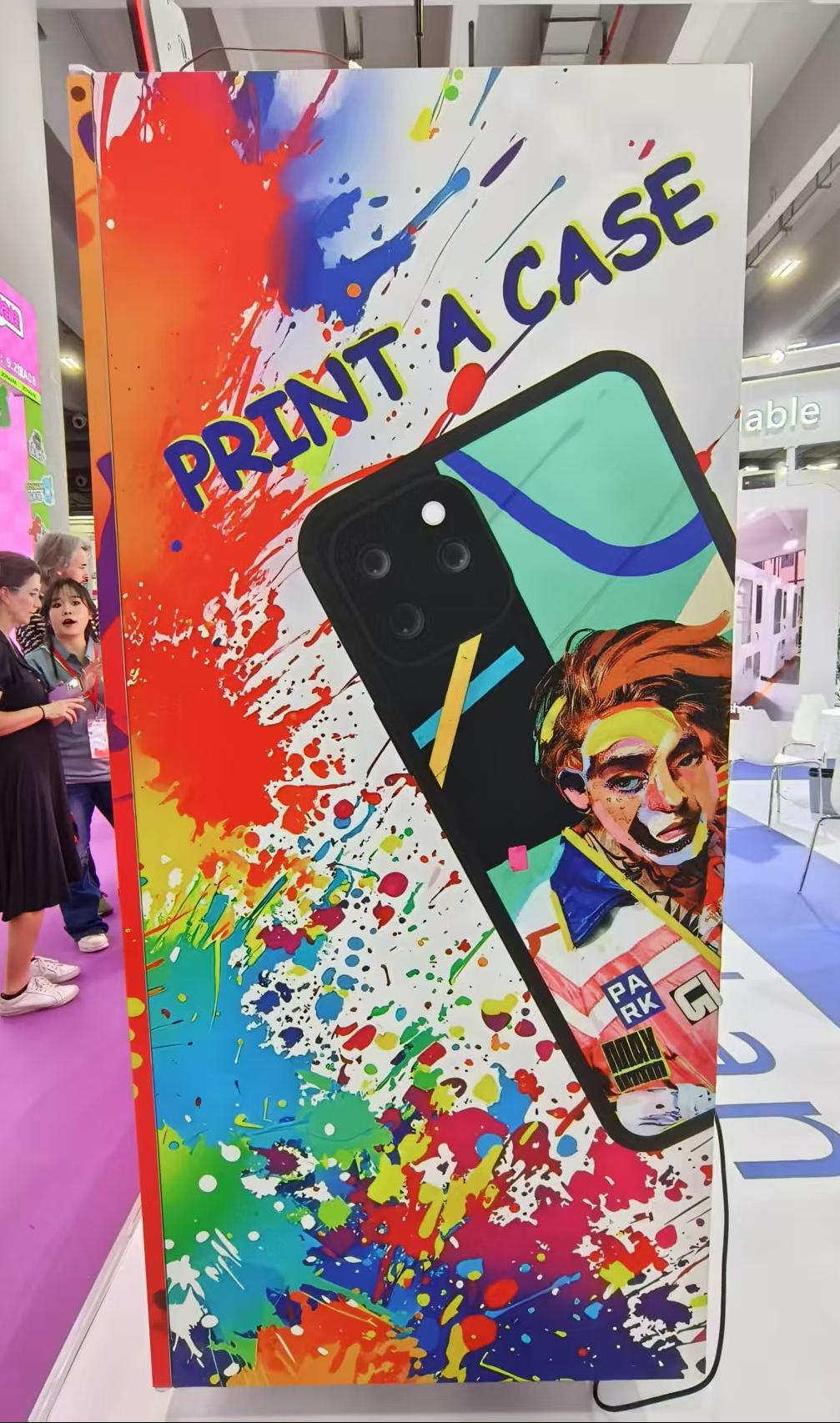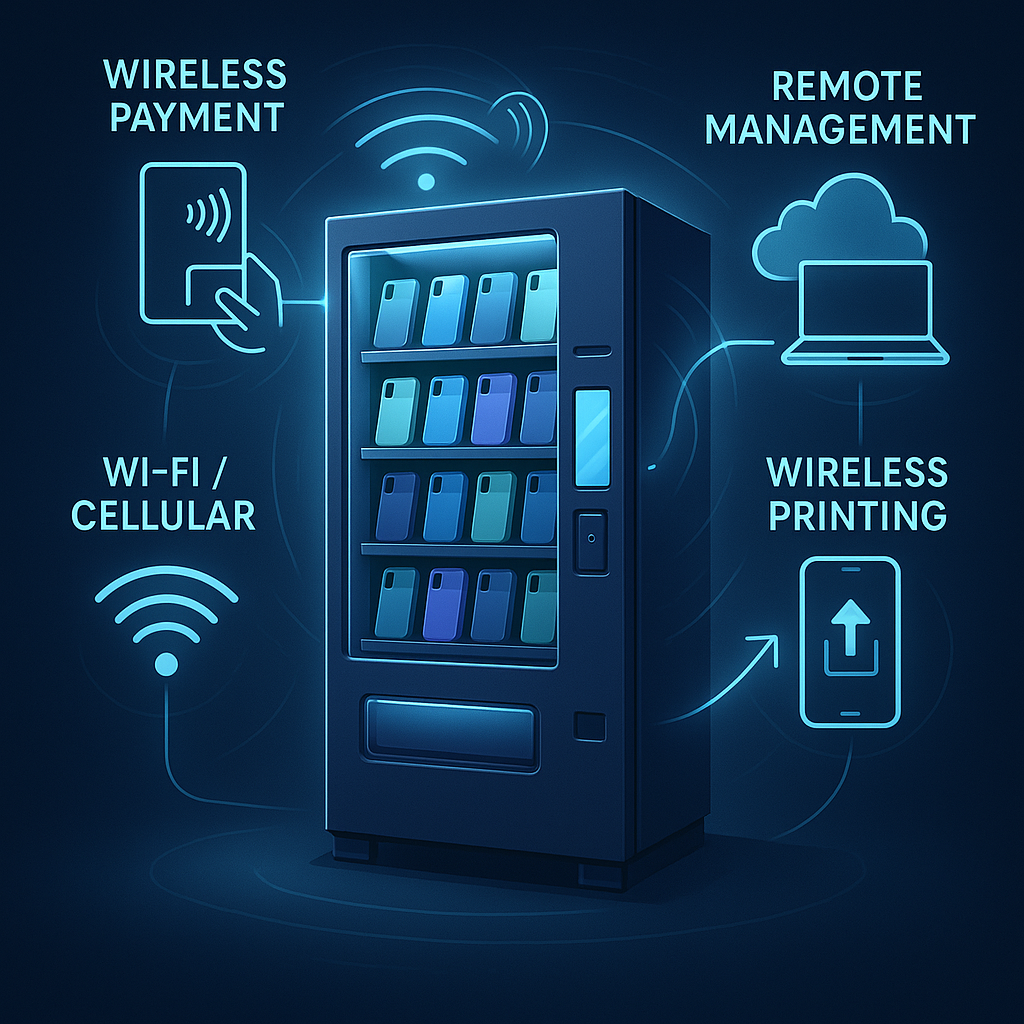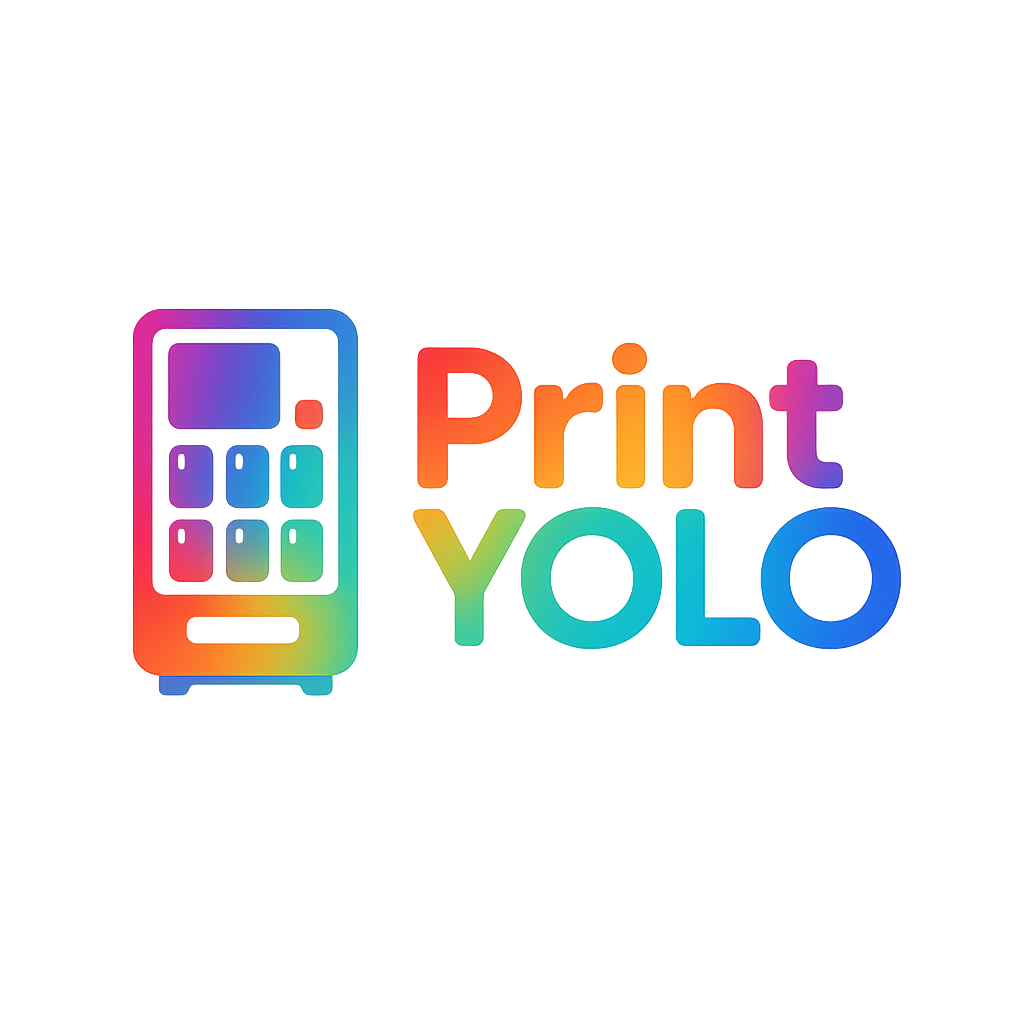What are vending machines programmed in?
When I started PrintYOLO, I quickly learned that our phone case vending machines are not just mechanical boxes. They are complex, mini-factories driven by sophisticated programming. It's the brain behind the whole operation.
Vending machines are programmed using a combination of embedded systems and high-level programming languages like C, C++, Python, and Java, depending on their complexity. Modern machines, especially those with interactive screens and connectivity, increasingly use web technologies and cloud-based platforms for management and user interfaces.

It's fascinating to see how far vending technology has come. From simple mechanical dispensers to smart, connected devices, the underlying programming has evolved significantly. Let's delve into the specific technologies that power them.
What technology does a vending machine use?
Beyond the sales mechanism, what kind of technology really makes a modern vending machine 'smart'? Our PrintYOLO machines feature a lot of tech that goes beyond just dropping a product.
Modern vending machines primarily use embedded systems with microcontrollers or microprocessors, LCD/touchscreen displays, various sensors (motion, product dispense, temperature), network connectivity (4G LTE, Wi-Fi), and secure payment modules. Advanced machines like ours also integrate UV printing technology and computer vision for customization.
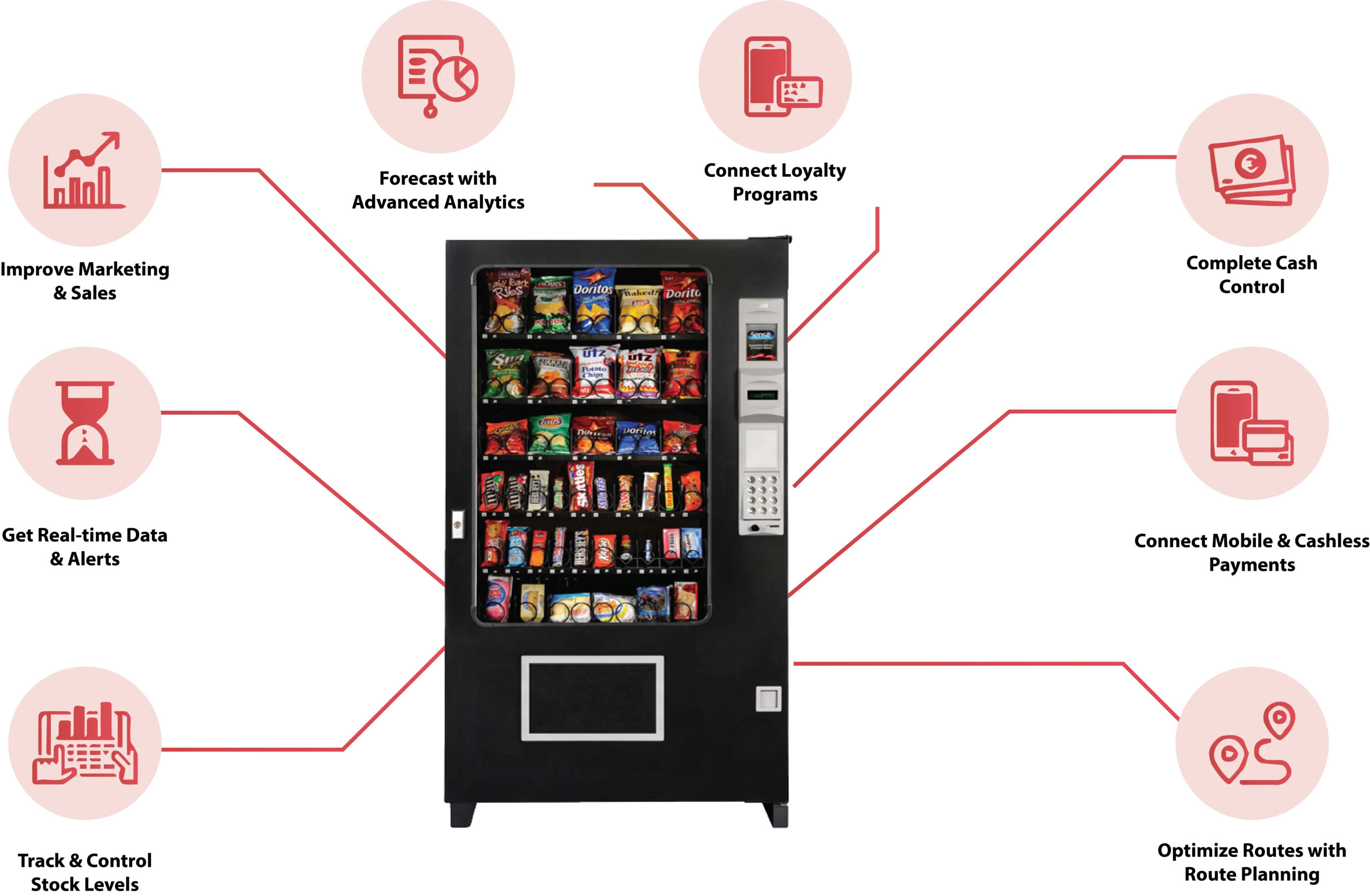
Our PrintYOLO machines, like many advanced vending machines today, are packed with technology. At its heart is an embedded system. This isn't a regular computer; it's a specialized computer system designed to do a few specific tasks very well. It usually involves a microcontroller or a microprocessor which acts as the machine's brain. This brain runs the software that controls everything else. We use LCD or touchscreen displays for user interaction. These allow customers to choose products, customize designs, and pay. Inside, there are many kinds of sensors. For a phone case machine, we have sensors to detect if a blank case has been picked up, if it's placed correctly in the printer, and if the printing process is going well. Traditional snack machines have sensors to confirm a product has dropped. Network connectivity is vital with 4G LTE and Wi-Fi. This lets my machines talk to the cloud for remote monitoring, inventory updates, and sending sales data. Secure payment modules are also key, handling card swipes, mobile payments, and QR codes reliably. For PrintYOLO, the most unique technology is the industrial UV printing system itself, which requires precise control over ink nozzles and UV light for curing. All these components work together under the command of the machine's programming.
| Technology Component | Function in Vending Machine | Example in PrintYOLO Machine |
|---|---|---|
| Embedded System | Machine's brain, controls all operations | Runs OS, manages UI, printing, payment, sensors |
| Touchscreen Display | User interface for selection and interaction | Customers select phone model, design, pay, view printing progress |
| Sensors | Detects conditions and events | Case detection, printer status, security, temperature |
| Network Connectivity | Enables remote communication and data transfer | Sends sales data, receives updates, remote diagnostics |
| Payment Module | Processes various payment methods securely | Accepts credit cards, mobile payments, QR codes |
| UV Printing System | On-demand product customization | Prints custom designs directly onto phone cases |
What is vending machine software?
When people ask me about "vending machine software," I explain it's not just one program. It's a whole ecosystem of software working together, each part handling a different job to make sure the machine functions perfectly.
Vending machine software is a multi-layered system comprising embedded firmware that controls hardware, a user interface for customer interaction, payment processing software, inventory management systems, and often cloud-based backend platforms for remote management, data analytics, and over-the-air updates.
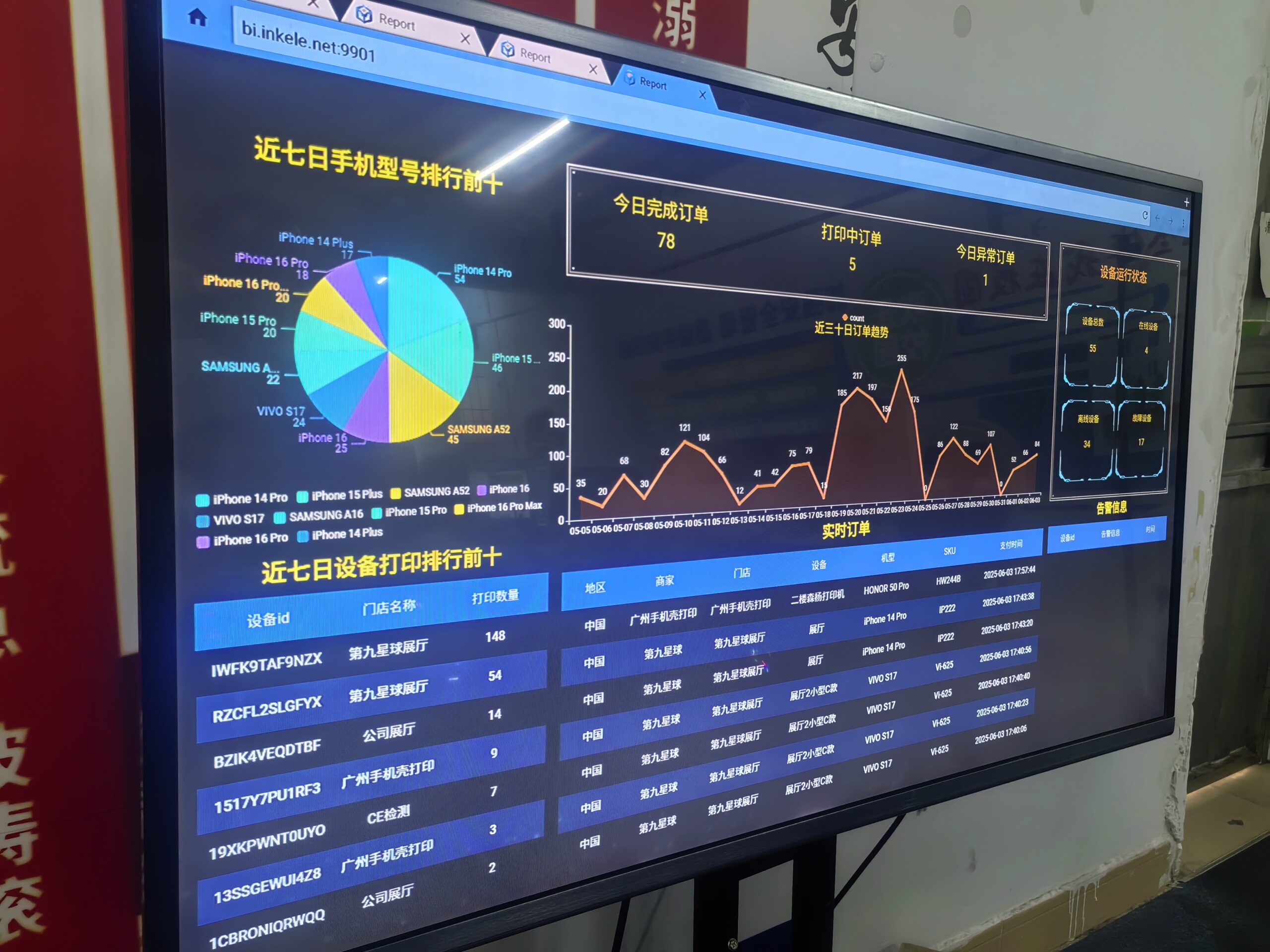
The software inside my PrintYOLO machines is quite complex. Firstly, there's the embedded firmware. This is the low-level code directly on the machine's hardware. It tells the motors when to move, the printer heads when to fire, and the sensors when to send data. It's often written in languages like C or C++ because they allow very precise control over hardware. Then there's the user interface (UI) software. This is what the customer sees on the touchscreen. For our machines, this is designed to be very intuitive, allowing users to select phone models, upload images, and customize their designs easily. This part might be programmed using Java, Python, or even web technologies like HTML/CSS/JavaScript running on an embedded browser. After a customer makes their selection, the payment processing software takes over. This communicates with the payment module to handle transactions securely and sends confirmation back to the machine. Next, the inventory management software keeps track of everything inside the machine. How many blank cases are left? When was the last time the ink cartridge was changed? This is crucial for keeping the machine stocked. Finally, and very importantly for me, there's the cloud-based backend software. This is the brain that manages all my machines remotely. It collects sales data, monitors machine health, allows me to send new designs or software updates, and even diagnose problems without being physically present. This entire ecosystem of software keeps the machine running, earning, and providing a great customer experience.
| Software Layer | Purpose | Typical Responsibilities in a PrintYOLO Machine |
|---|---|---|
| Embedded Firmware | Low-level control of hardware | Motor commands, printer head control, sensor data reading, UV light control |
| User Interface (UI) | Customer interaction, product/design selection | Displaying options, handling touch input, showing customization tools |
| Payment Processing | Secure transaction handling | Communicating with payment terminals, verifying funds, confirming payment |
| Inventory Management | Tracking physical stock and consumables | Counting blank cases, monitoring ink levels, alerting for restock |
| Cloud Backend (SaaS) | Remote control, data analysis, updates | Sales reporting, machine health checks, remote configuration, software updates |
Which technology is a QR code based coin vending machine using?
While our PrintYOLO machines focus on digital payments, I often get asked about the technology behind traditional-looking machines that accept QR codes, especially those from overseas. It's a great example of how old and new tech can mix.
A QR code-based coin vending machine primarily uses a scanner to read the QR code, an embedded system to process the payment details linked to the QR code (often external payment apps or digital wallets), and a hardware interface to activate the coin mechanism or dispense product, integrating traditional mechanics with modern digital payment.

A QR code-based coin vending machine is an interesting mix of old and new. For the "coin" part, you're looking at very traditional vending machine mechanics for accepting and validating physical coins. This involves physical coin slots, coin validators that check if the coin is real and its value, and coin hoppers for change. But the "QR code" part adds a digital layer. The machine needs a QR code scanner. This is often just a camera or a dedicated scanner that can read the square code displayed on a person's smartphone. Once the QR code is scanned, the machine's embedded system takes over. It sends the information from the QR code (which usually links to a payment app like WeChat Pay or Alipay in certain markets) to a remote server for validation. This connection is made through the machine's network connectivity (Wi-Fi or cellular data). The remote server processes the payment through the customer's digital wallet. If the payment is successful, the server sends a confirmation message back to the vending machine. Then, the vending machine's software, which is running on its embedded system, tells the internal hardware to dispense the chosen product or activate its function. It bridges the gap between old-school mechanical dispensing and modern, cashless digital currency. The challenge is making sure the scanner is reliable and the network connection is stable for fast payment processing.
| Component | Function in QR Code Coin Vending Machine | Integration with "Coin" Aspect |
|---|---|---|
| QR Code Scanner | Reads QR code from user's smartphone | Activated by user selection, sends payment data |
| Embedded System | Processes QR code data, communicates with backend | Controls coin validation/dispensing after digital payment confirmation |
| Network Connectivity | Sends payment request, receives confirmation | Enables digital transactions, separate from mechanical coin paths |
| Backend Payment Gateway | Handles digital wallet processing (e.g., Alipay, WeChat Pay) | Confirms digital funds for machine to dispense |
| Coin Mechanism | Accepts, validates, and dispenses physical coins | Runs in parallel or as alternative payment, depending on machine design |
Vending machines are programmed with embedded firmware, high-level languages, and cloud platforms for full control. They use advanced tech like touchscreens, sensors, and secure payment systems, with QR code machines bridging traditional mechanics with modern digital payment processing.


